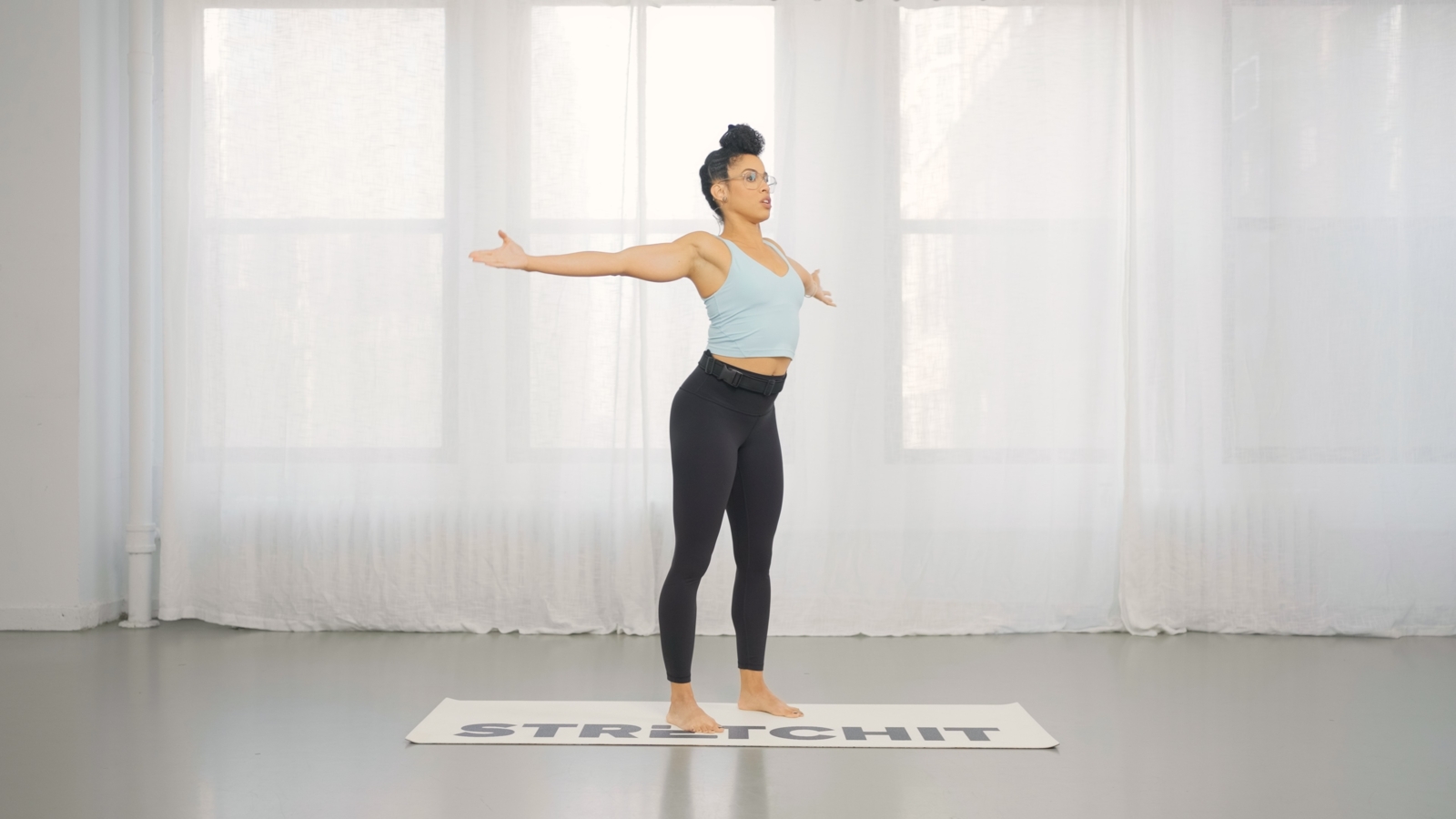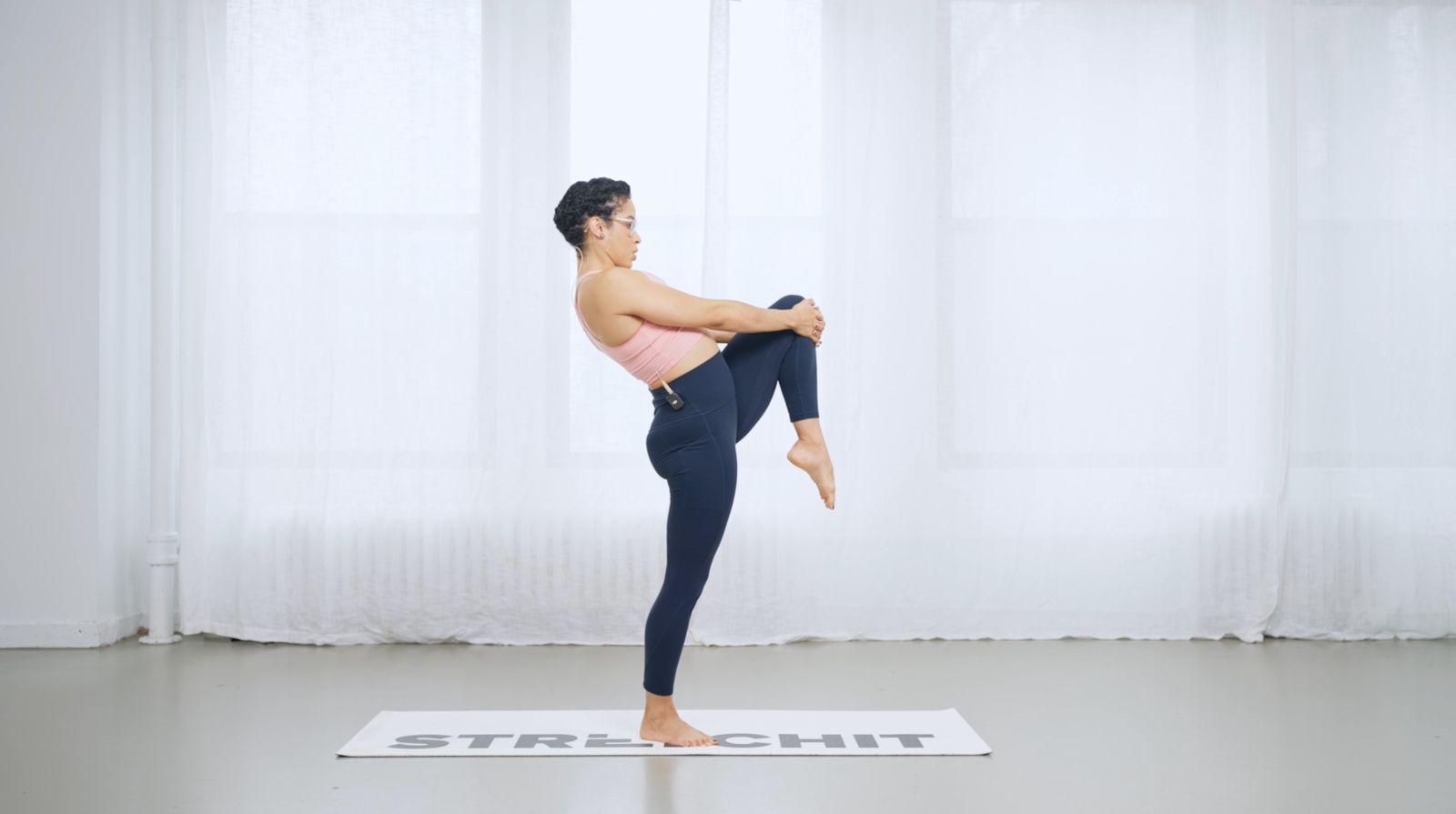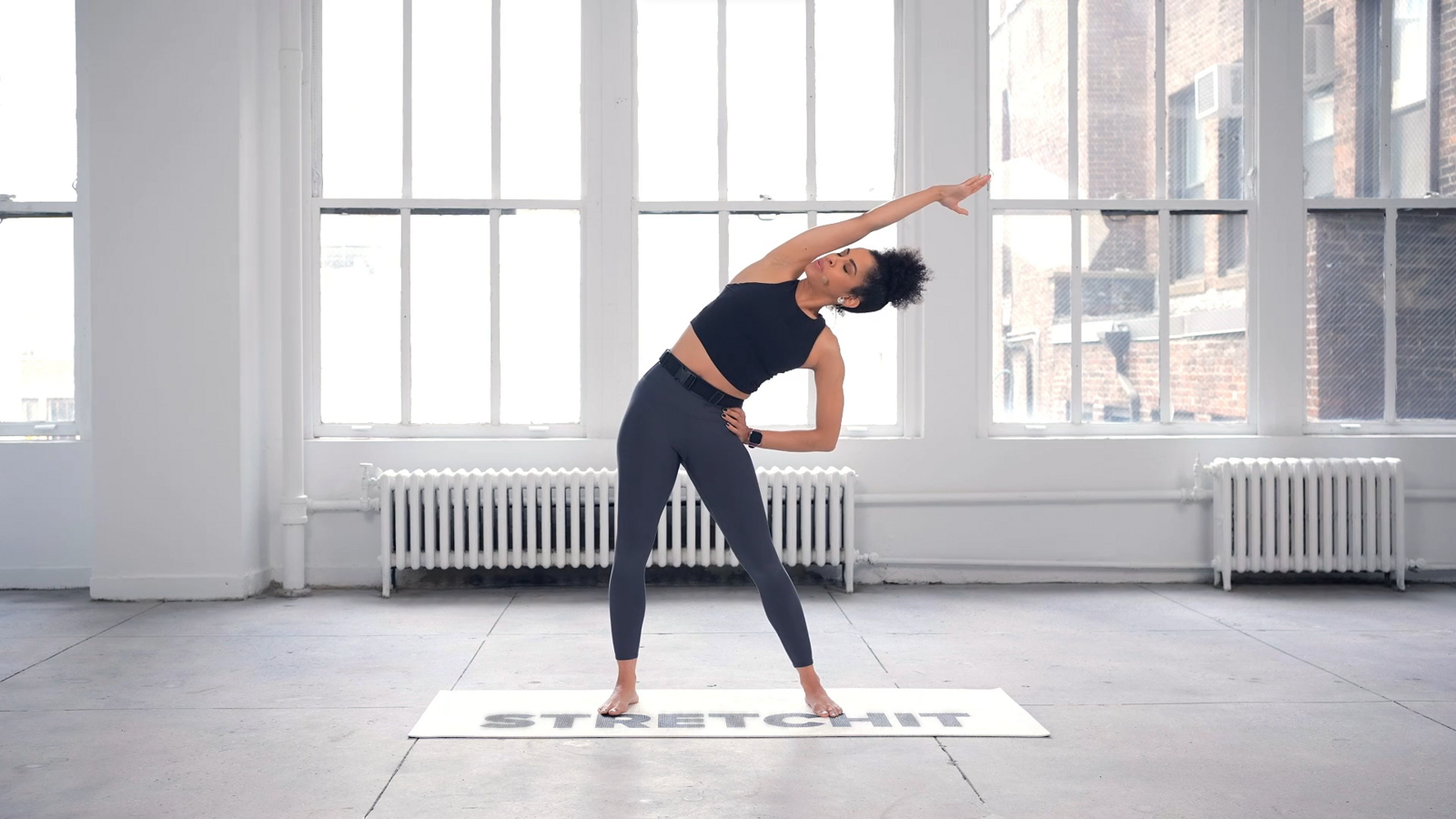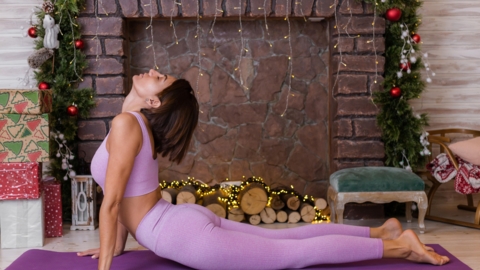Stretching Before vs After Your Workout: What’s the Difference?

Whether you're lifting weights, running, or doing a conditioning session, stretching plays an important role in how your body performs and recovers. But many people still wonder the same thing: Should you stretch before or after your workout?
The answer depends on what you want your body to do.
Before training, your goal is to prepare your muscles and joints to generate force and move efficiently. After training, your goal shifts toward releasing tension, slowing down, and helping your body recover. As Alicia from STRETCHIT puts it:
“We have to think about what it is that we want to achieve during our training.”
Understanding this difference helps you stretch smarter, feel better, and get more out of every session.
Why the Timing of Your Stretching Matters
Your muscles, connective tissues, and nervous system behave differently before and after a workout. Pre-workout stretching should prepare your body for movement, while post-workout stretching should help it unwind and recover.
This distinction is essential because the type of stretching you do impacts muscle tension, joint stability, and even your ability to produce power.
Before Your Workout: The Body Needs Tension and Activation
To lift weights, sprint, or perform explosive movements, your muscles need the ability to create force. Long, static stretches held for 30 seconds or more temporarily reduce muscle stiffness — which is great for flexibility but not ideal for strength production.
Alicia explains it clearly:
“Stretching in a way where we’re holding something for 30 seconds or longer isn’t going to be great… we want to create that force production.”
Instead, the best warm-up prepares your muscles, joints, and nervous system for movement. That means:
-
Increasing blood flow
-
Raising body temperature
-
Lubricating the joints
-
Waking up the muscles that stabilize your body
Dynamic stretching accomplishes all of these.
Why Static Stretching Isn’t Ideal Before Exercise
Alicia’s explanation aligns with scientific research. Static stretching reduces muscle stiffness for a short period. While reduced stiffness is helpful for gaining flexibility, your muscles and tendons also rely on some stiffness to produce force — much like a spring.
When you stretch statically before lifting or high-intensity activity, you temporarily reduce this spring-like quality. That’s why your warm-up should focus on movement and activation, not long holds.
Dynamic, flowing stretches keep the nervous system alert and the muscles responsive, without reducing the tension you need for strength and power.

After Your Workout: The Body Needs Recovery and Calm
Once you’ve finished training, your priorities shift to slowing down and helping your body restore balance. Your muscles are warm, your breathing is elevated, and your nervous system is still in “fight or flight” mode.
This is where slow, static stretching becomes not only appropriate but highly beneficial.
Alicia highlights this perfectly:
“The stretches that are held for longer facilitate more of that relaxation state… so your adrenaline doesn’t continue to run.”
After your workout, longer-held stretches help you:
-
Reduce muscle tension
-
Support tissue recovery
-
Slow your breathing
-
Activate your parasympathetic nervous system (“rest and recover”)
Breathing plays a key role. Alicia suggests inhaling through the nose and exhaling through the mouth in slow, four-count cycles. This encourages your system to downshift and recover.

Why Static Stretching Works Better After Exercise
This approach pairs perfectly with how the parasympathetic nervous system functions. Longer-held stretches, combined with deep breathing, tell your body it’s safe to relax. This helps lower adrenaline, reduce muscle tightness, and transition out of the heightened, energetic state of your workout.
Without this shift, many people experience a sudden “post-training crash” — feeling tired or jittery hours later. Static stretching helps smooth this transition.
What Stretching Should Look Like Before and After Training
Alicia offers practical examples of what dynamic and static stretching look like in real life.
Before Your Workout (Dynamic Stretching)
Use movements that take your body in and out of a stretch:
-
Leg swings to briefly open hip flexors
-
Circular motions like shoulder circles or hip rotations
-
Low, dynamic hip mobility work mimicking shapes used in strength training
-
Scapular elevation from a bar to prep for overhead movements
-
Gently arching and curling the spine for rows or pulling movements
These warm up your range of motion without sacrificing muscle tension.
Try our FREE Full Body Class - perfect for warming up before any workout:

After Your Workout (Static Stretching)
Now’s the time for slower, longer holds:
-
Forward fold
-
Hip flexor stretch
-
Chest-opening stretch
-
Lying spinal twist
-
Hamstring stretch
Combine stretching with slow, deep breathing to calm your system and recover efficiently.

Classes That Can Help
The STRETCHIT app offers the perfect sessions to pair with your workouts:
-
Warm-Up Classes — Short, dynamic flows to prepare your joints and activate your muscles
-
Recovery Classes — Longer holds, breathwork, and full-body release
-
Mobility Classes — Explore dynamic movements, circles, and joint articulations
Whether you need just a few minutes or a full reset after training, you’ll find a class that fits your routine.
Ready to stretch smarter? Explore warm-ups and recovery sessions in our Full Body Package and feel the difference in how your body performs and recovers.




